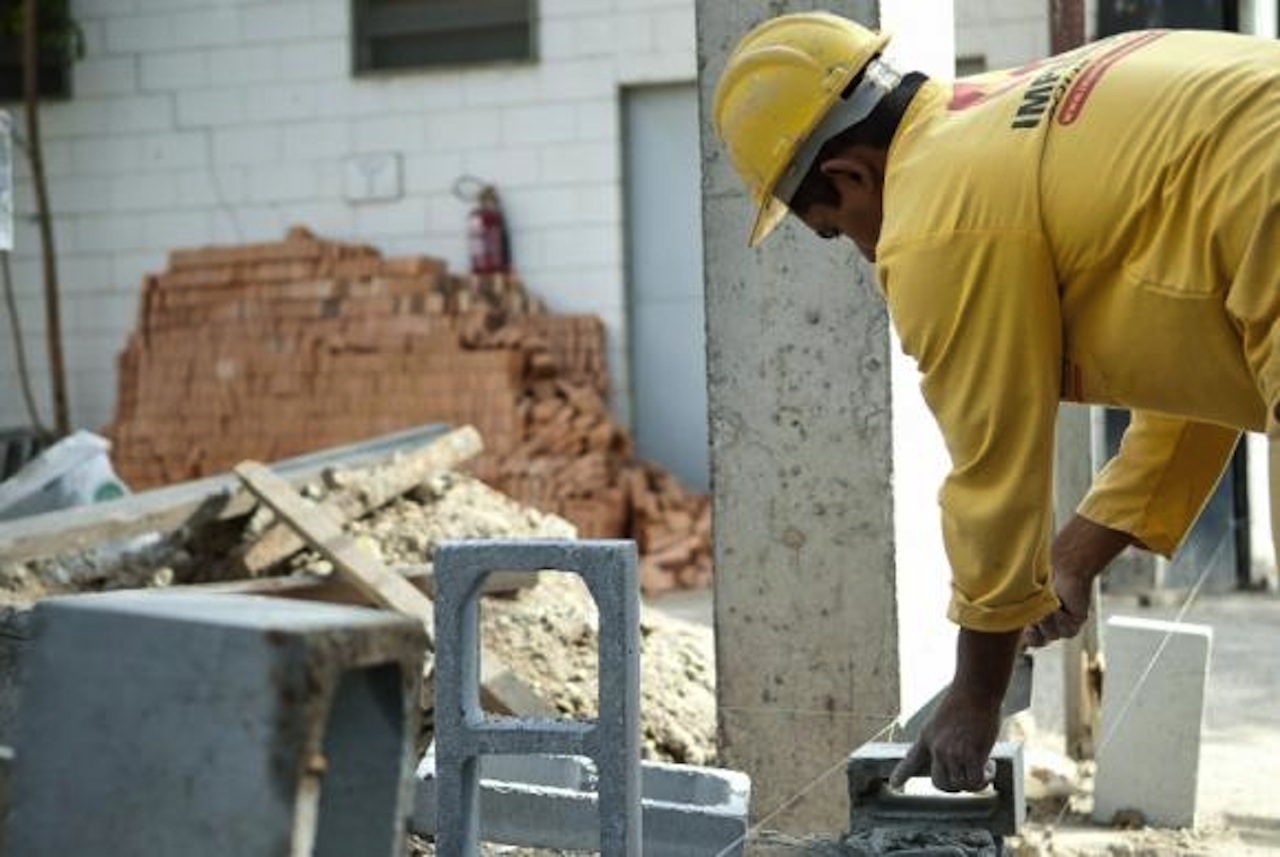RIO DE JANEIRO, BRAZIL – According to data from the National Registry of Employed and Unemployed (Caged), released on Tuesday, March 30, the number of jobs created in February, i.e. the difference between those hired and fired, was 401,639.

The result is higher than February last year, in the pre-pandemic period and the best for the month since 1992. The creation of vacancies is higher than in January when 260,000 formal jobs were created. The big highlight for job creation in the period was the services sector, with 253,543 new jobs. With hirings greater than layoffs, Brazil’s stock of jobs now stands at 40 million, more than a year ago, when it was 39 million.
However, the market recovery does not take away the challenge of facing the new high of cases and deaths in the Covid-19 pandemic. Between the end of February and during March, governors and mayors again restricted activities, which could affect jobs, especially in the service and commerce sectors, which were recovering.
This year, the BEm, a program that allows the suspension of contracts or reduced working hours and salary, is no longer in effect. However, almost 4 million workers still enjoy provisional job tenure. In 2020, 11 million workers were covered by agreements that avoided layoffs.
There are expectations and pressure from business people for the program to be reintroduced since non-essential activities face a series of restrictions. Even industries such as the automotive sector have closed factories due to the risk of contagion.
It is worth pointing out that the Caged data only captures the behavior of the formal market, i.e., the numbers of signed work booklets that are reported by the employees to the Ministry of Economy, and not the country’s unemployment data, compiled by the Brazilian Institute of Geography and Statistics (IBGE). The country closed the year with 13.4 million unemployed, at an average annual rate of 13.5%. The January data should be released on Wednesday.
The gap between the unemployment rate and the creation of formal jobs is directly linked to the economy’s recovery and has been seen since the middle of last year. With activities starting to work again and indications of improvement, more people started to look for jobs. However, the increase in cases of Covid-19 can put the brakes on this movement and further emphasizes the importance of mass vaccination.
The IBGE’s unemployment rate considers unemployed only those who are actively looking for a job. The formal market improvement is important, but it is difficult to absorb the entire labor force, including informal workers.
Source: Veja

